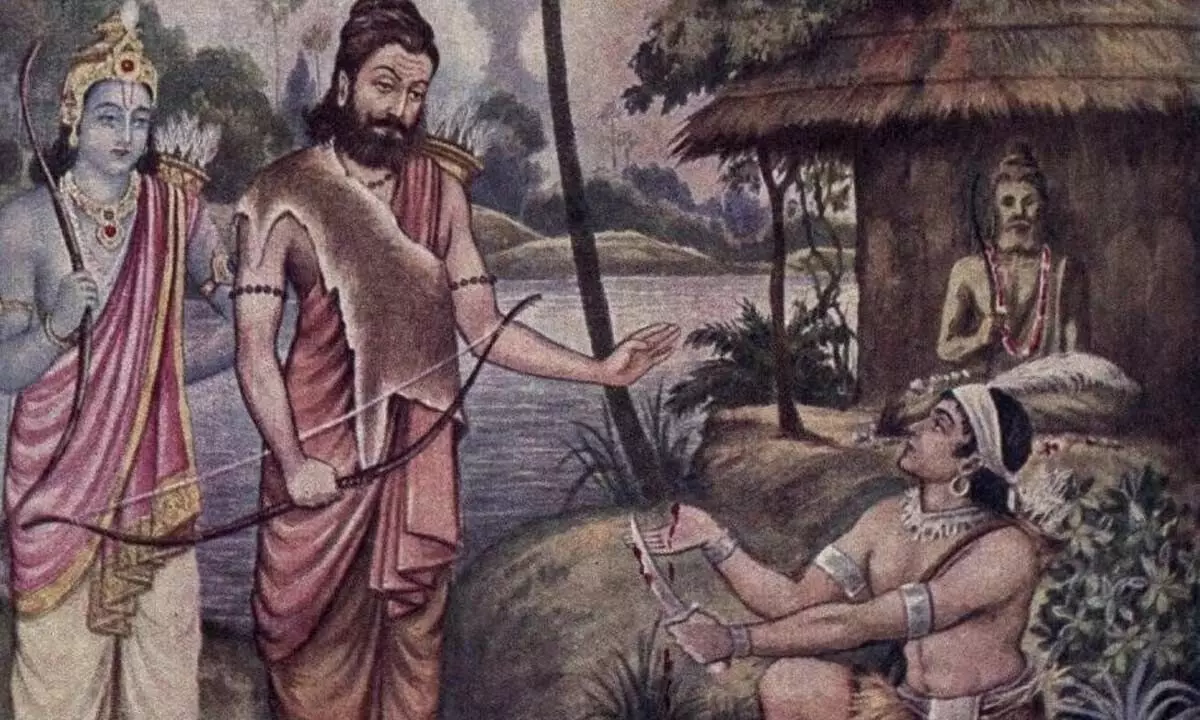The philosophy behind human physiology is to be humane

As a science, Physiology helps us to understand what our bodies are and to enrich our knowledge of what it is to be alive, tells us how our bodies work and of what it is to be human
As a science, Physiology helps us to understand what our bodies are and to enrich our knowledge of what it is to be alive, tells us how our bodies work and of what it is to be human. The body’s systems and functions work together to maintain a stable internal environment. Actually, physiology includes study of every specialised system of our body as well as cellular and exercise physiology to humane touch we require. For diagnosing and treating health conditions and promoting overall well-being, understanding of human physiology is essential for every person specialising in various other fields of modern medicine. It is believed that while studying, medical students did have a great antipathy to this subject. It was felt that more attention was paid to human anatomy. The reasons for this can be many. An uninteresting way of teaching that disinterests the students or may be, not much specialisation in the field that could earn name and fame.
Did anyone know the connection between human body, earth and waterbodies like river and sea. The junction where the fresh water of the river meets the salt water of the sea is called an estuary, as the salinity draws the fresh water into the sea. On the other hand, the body prevents sodium entering cell for longer periods to prevent dilution. The earth and the body have the composition of many electrolytes like sodium, potassium, chloride, magnesium etc. Similarly, the human body has more oxygen and less carbon dioxide which is vice versa in nature. Water occupies 70.8% of the earth, still The Mother Earth shelters so many living organisms. If one looks at our body, up to 60% of the human body is water. According to Mitchell and others (1945), the brain and heart are composed of 73% of water, and the lungs are about 83% water. The skin contains 64% water, muscles and kidneys are79% and even the bones are watery:31%. Human body and nature have many similarities that helps to build compassion and humane feelings. Each organ has different function and all functions should work in tandem for a healthy human being and a healthy society. For example: heart is a pump, kidney is a filter, liver is a factory and brain, an electrical ware house and all of them work together harmoniously and any slightest change or disturbance in their working upsets a human being. Similarly due to excessive modernisation and misuse of the bounties of nature, imbalances are caused in our ecosystem that directly affects us.
The perfect order displayed in the human physiology and throughout the universe is based on Laws of Nature that have been studied by modern science for more than 150 years. Magnificent in scope, this ground breaking work details the relationship between the 40 branches of Vedic Literature and their corresponding parts in the human physiology. Our physiology is continuously performing millions of tasks to maintain order and balance, and balance in its functioning, to allow growth and evolution to occur, and to bring about increasing achievement and fulfillment. The profound insights into the ancient Vedic Literature brought to light by Maharishi Mahesh Yogi, over the past 40 years, have guided the discovery that the laws that construct the human mind and body are the same as those that give structure to the syllables, verses, chapters, and books of Vedic Literature. This discovery has rendered the study of physiology to be the actualisation of the supreme philosophy of life, which establishes individual consciousness and national consciousness on the level of cosmic life. The Ramayana is a great Epic from the Vedic Tradition, a beloved and well-known story to many of us. Bits and pieces of this great epic was heard as bed time stories from our grand- parents.
What is not well known however is, that the characters and events in the Ramayana describe the structure and function of our own human physiology. Ramayana in human physiology which Dr. Nader published in 2011, documents the correlation between the characters, relationships, location and events of, with the structures and functions of human physiology. According to him Ramayana does not belong to any one religion or race or belief system. Rather The Ramayana is the story of Natural Law and how it in-folds in every individual and in the Universe. (Tony Nader- Leader of the Global Country of World Peace. Successor of Maharishi Mahesh Yogi.) The Great Epic Mahabharata describes various medical practices and surgeries, such as amputations and organ transplants like Karna donating his Kavachakundala, essentially his body part which he had by birth, Ekalavya amputating his thumb as Guru dakshina to Guru Dronacharya, Bhakt Kannappa giving his eyes to Lord Shiva to replace the bleeding eyes of The Shiva Lingam.
It also contains detailed descriptions of the human anatomy, such as the internal organs and the circulatory system. These descriptions suggest a deep knowledge of human physiology and medicine. Understanding the human physiology and its relevance to nature and the way of life is really what is required by any human being. The correct use of natural resources is harmonious to everyone. Physiology is intelligence, matter is consciousness. It is your birth right to live your potential as a human being with care, concern, and compassion for the humanity.

















